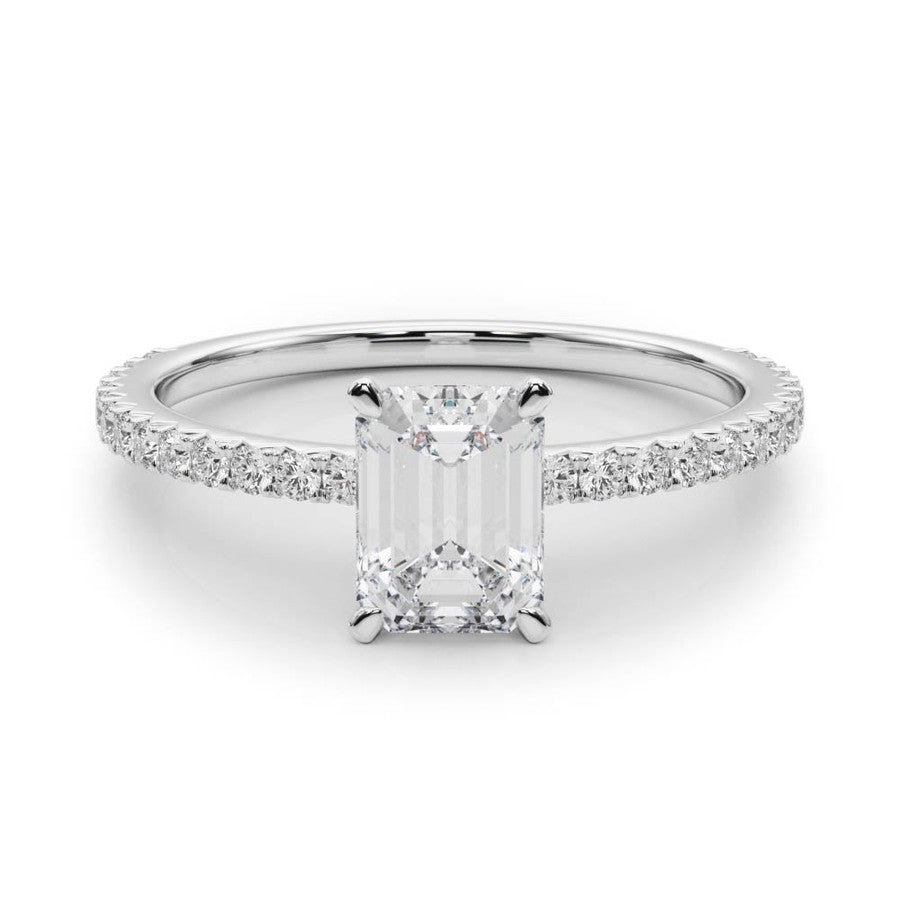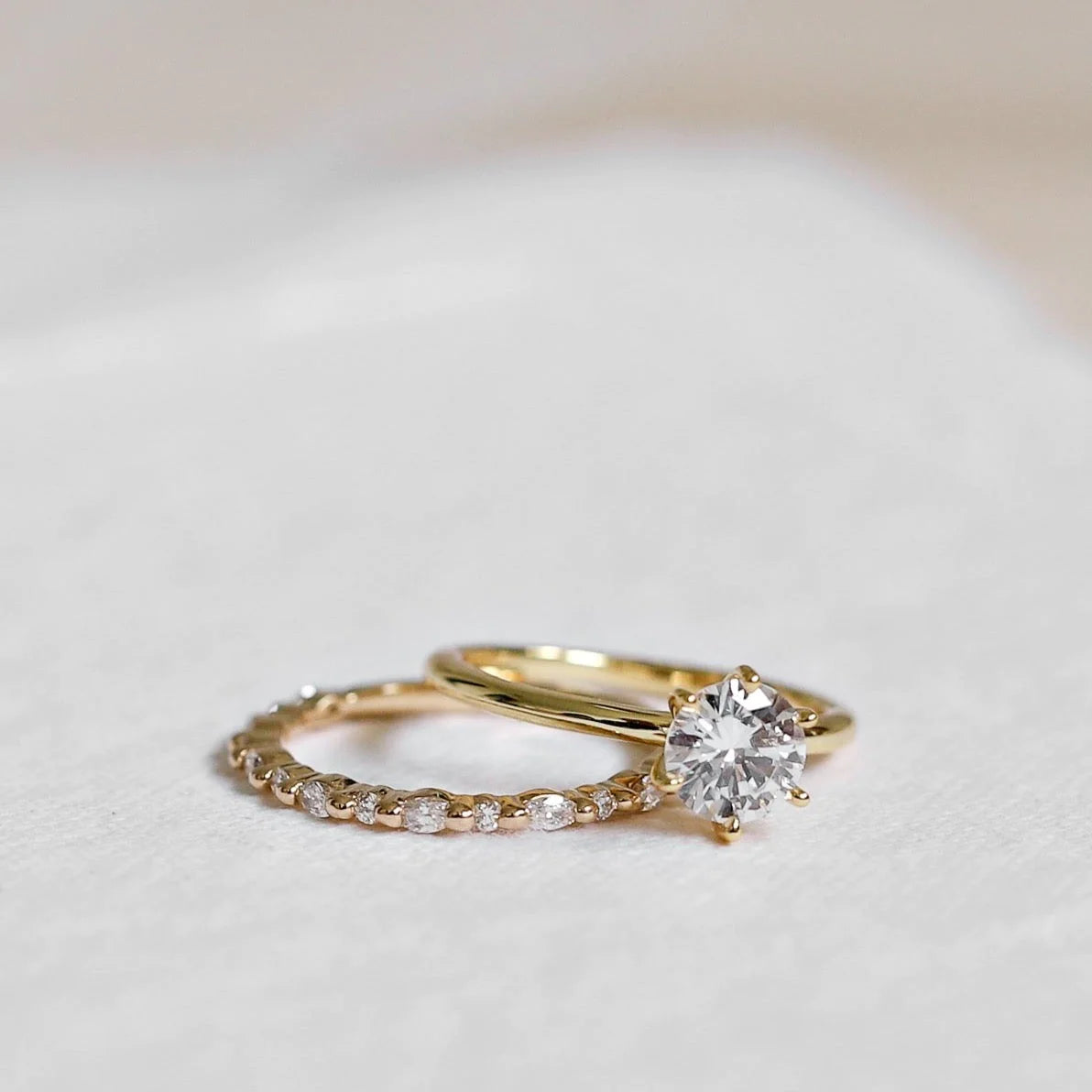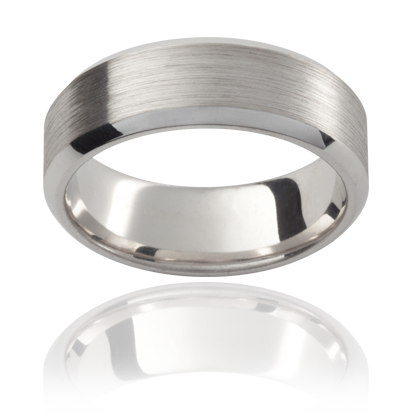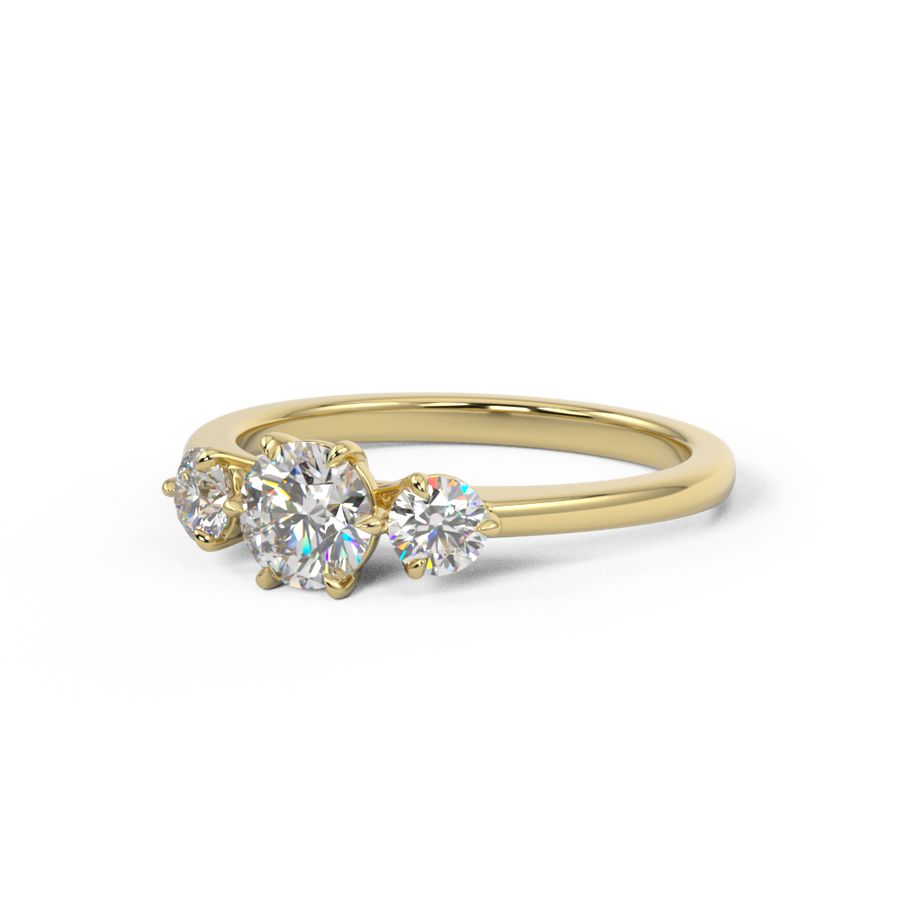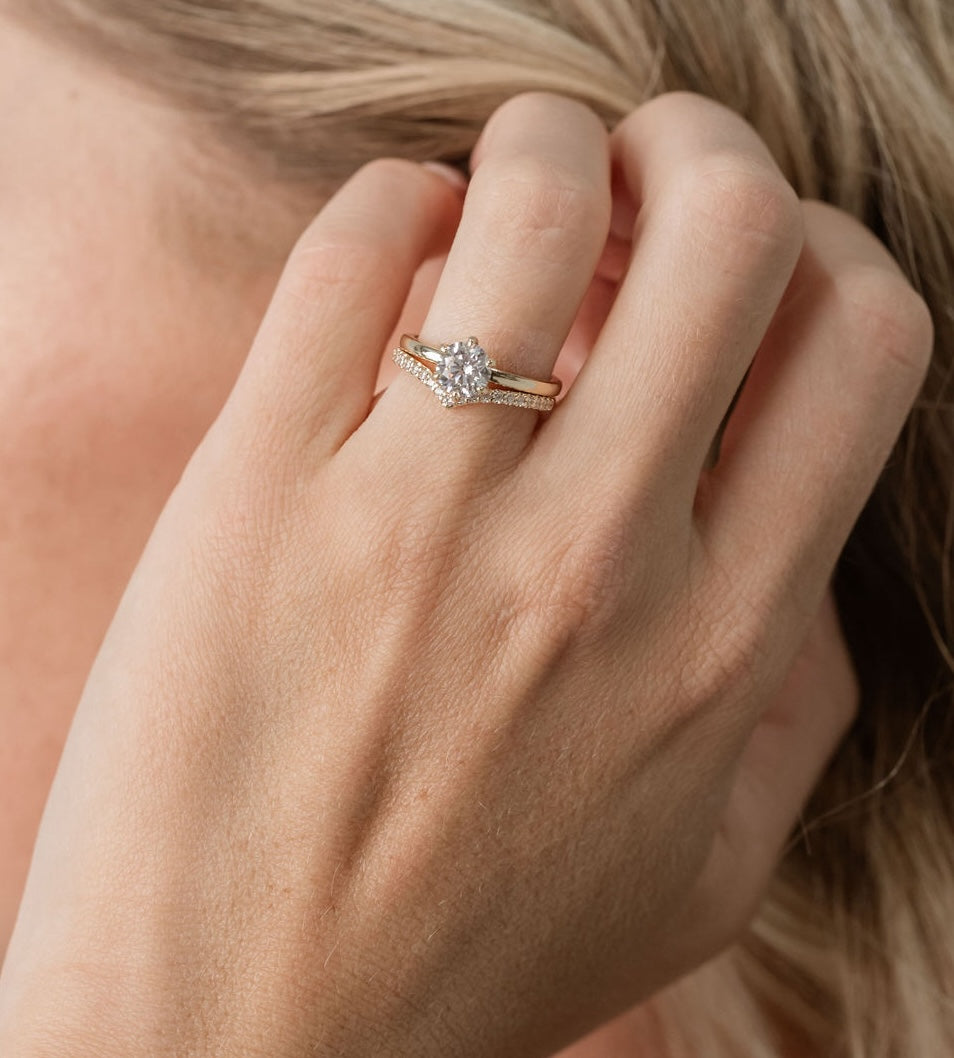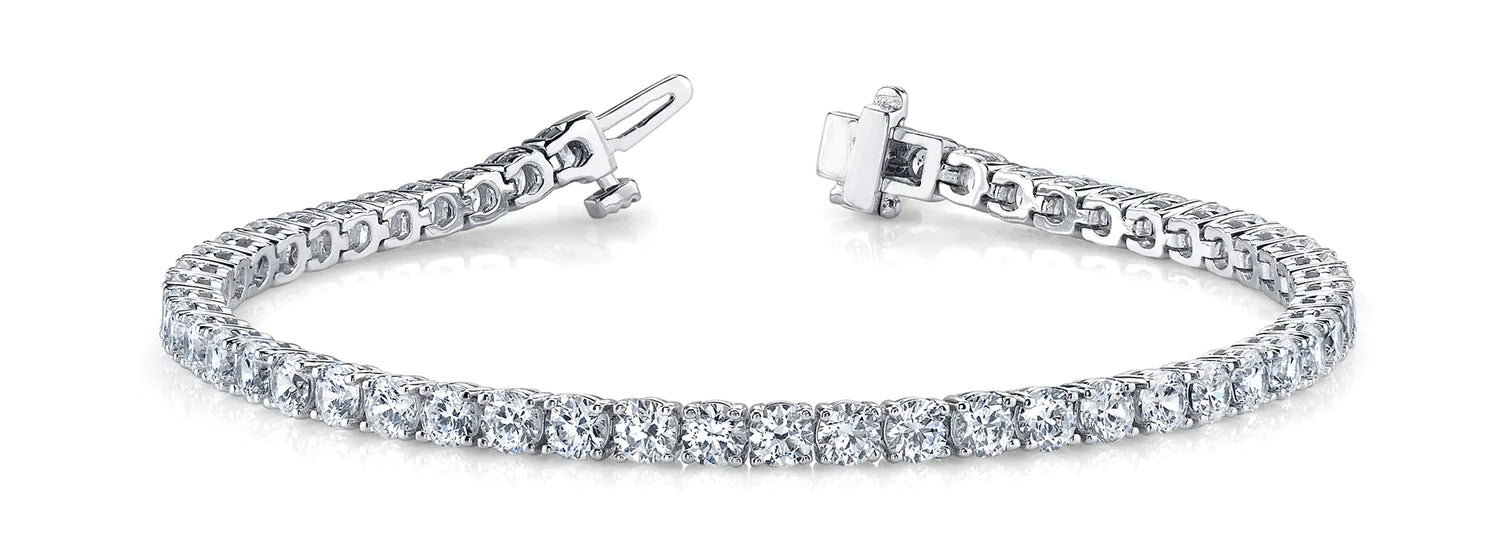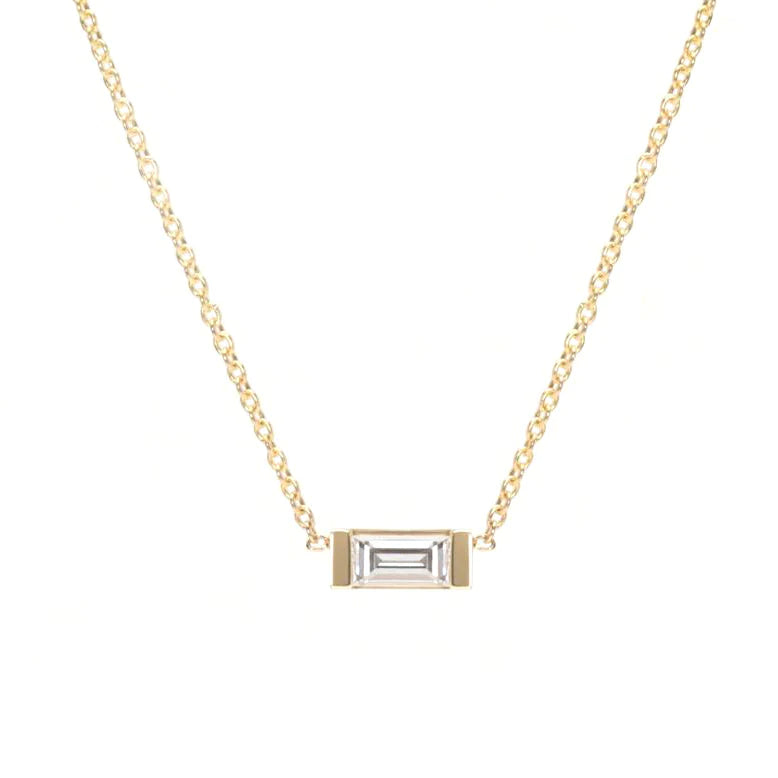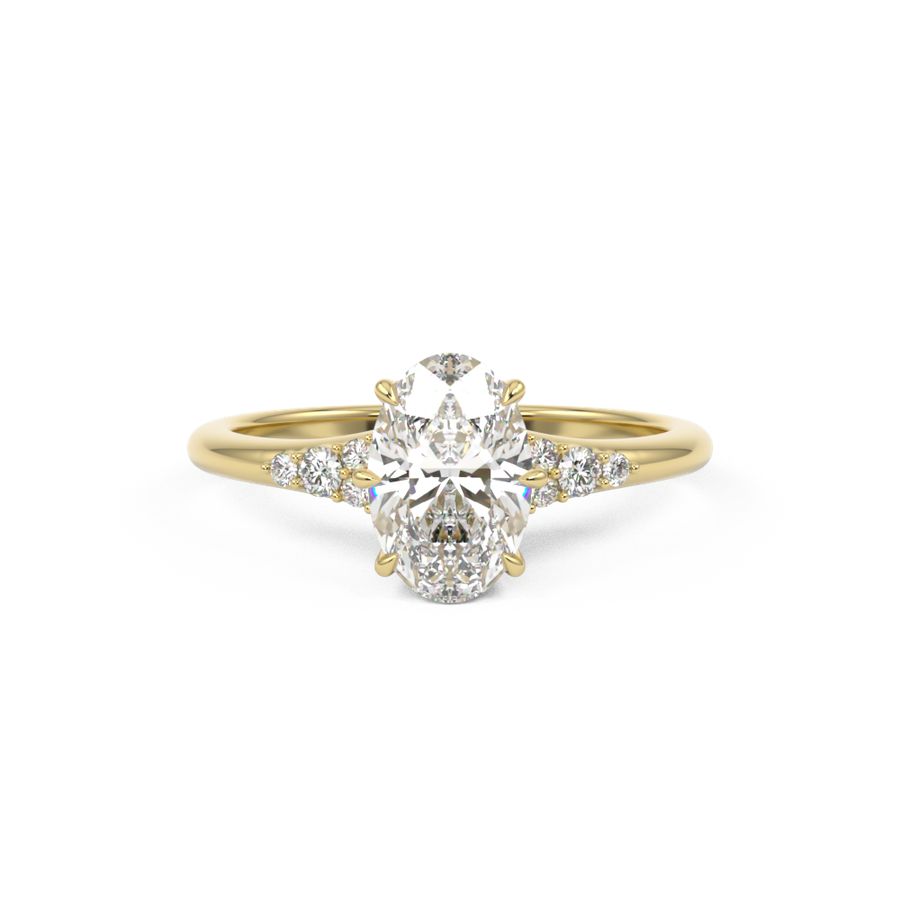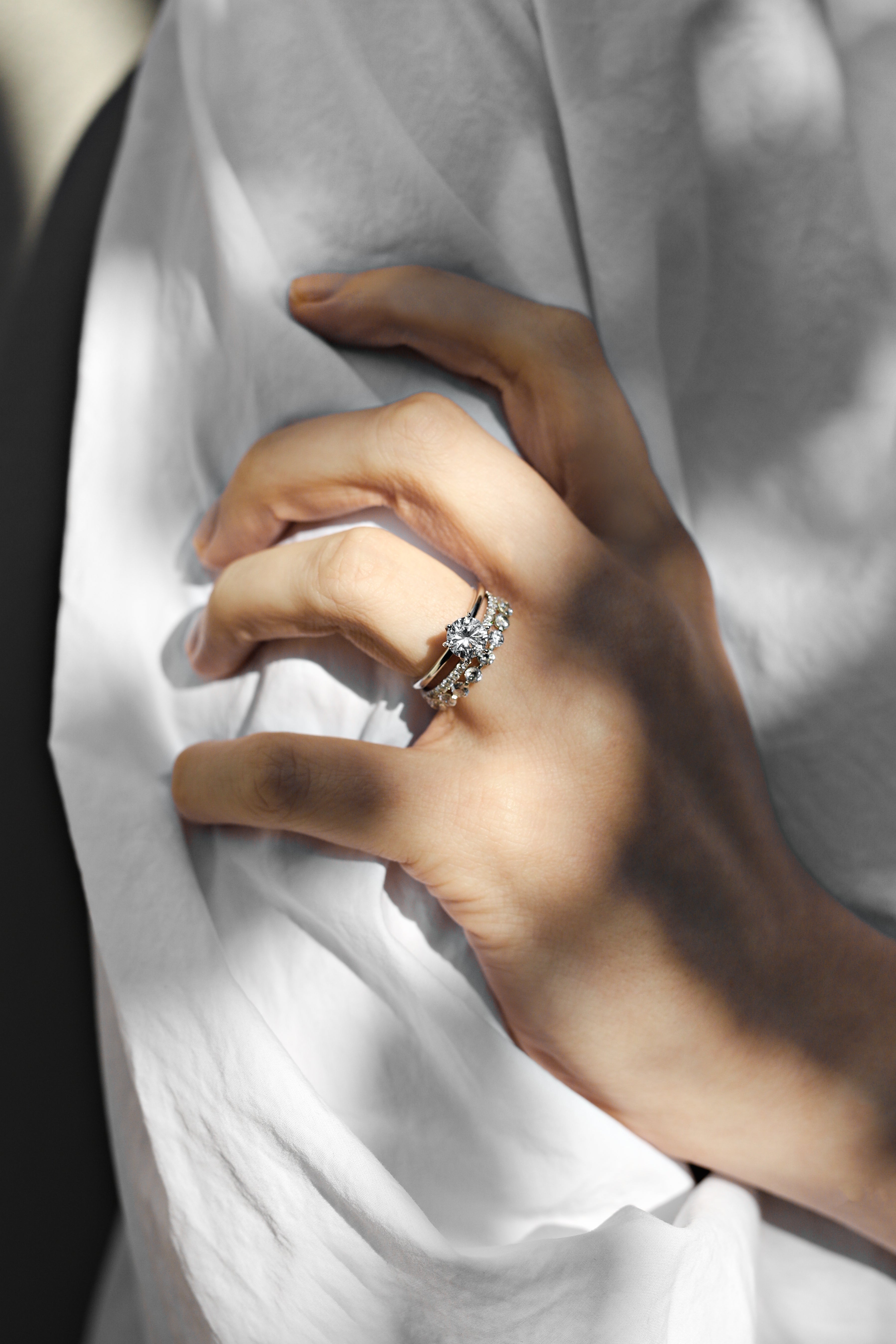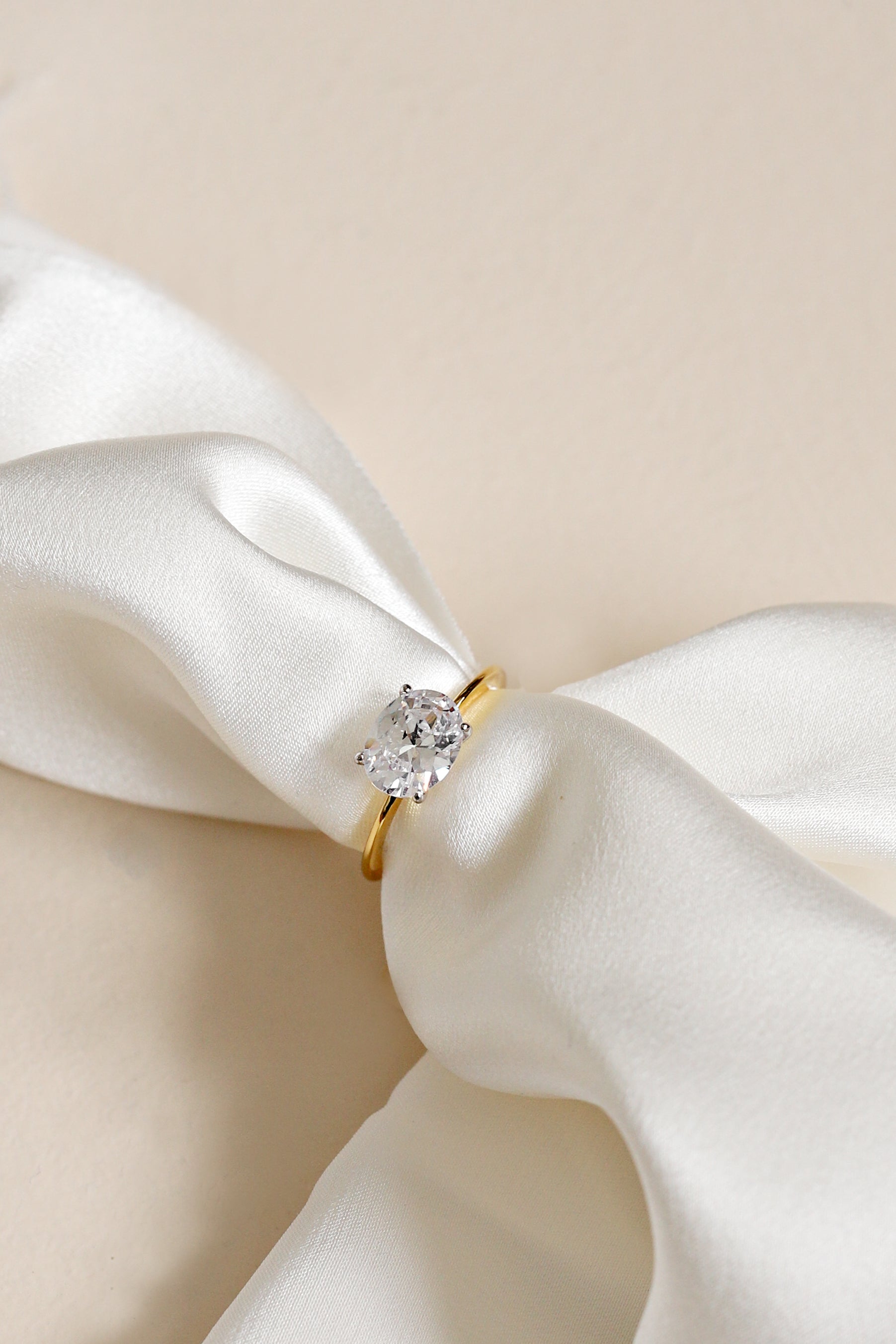Turquoise
Names and Properties of Turquoise
- The word 'turquoise' dates back to the 17th century and is derived from the Old French 'turquois' meaning Turkish.
- The gemstone was first brought to Europe from Turkestan or another Turkic territory.
- Pliny the Elder referred to the mineral as 'callais' and the Aztecs knew it as 'chalchihuitl.'
- Turquoise is also known as 'fayrūzeh' in Modern Persian.
- The Persian turquoise mined near Nishapur, Iran, is used as a reference for evaluating turquoise quality.
- Turquoise has a maximum Mohs hardness of just under 6.
- It is a cryptocrystalline mineral and rarely forms single crystals.
- The color of turquoise ranges from white to powder blue to sky blue, and from blue-green to yellowish green.
- Turquoise has a waxy to subvitreous lustre and is typically opaque.
- Its refractive index varies from 1.61 to 1.65 with birefringence of 0.040.
Formation and Occurrence of Turquoise
- Turquoise deposits begin with hydrothermal deposition of copper sulfides.
- Copper is leached from a host rock and redeposited in a more concentrated form as a copper porphyry.
- Turquoise forms when meteoric water percolates through the copper porphyry, oxidizing the copper sulfides.
- The acidic, copper-laden solution reacts with aluminum and potassium minerals to precipitate turquoise.
- Turquoise deposition usually takes place at a relatively low temperature in arid environments.
- Turquoise was among the first gems to be mined and many historic sites have been depleted.
- Small-scale operations, often seasonal, are still worked by hand in remote deposits.
- Turquoise is sometimes recovered as a byproduct of large-scale copper mining operations.
- Deposits typically take the form of small veins in partially decomposed volcanic rock in arid climates.
- Iran has been an important source of turquoise for at least 2,000 years.
Uses and Cultural Associations of Turquoise
- Turquoise has been prized as a gemstone for millennia due to its rare and valuable blue-to-green hue.
- It has been used to cover the domes of palaces in Iranian architecture.
- Turquoise is used in jewelry, carvings, and decorative objects.
- The introduction of treatments, imitations, and synthetics has devalued turquoise in the market.
- Turquoise may be peppered with flecks of pyrite or interspersed with limonite veining.
- Turquoise has been used by the Egyptians since at least the First Dynasty in ancient Egypt.
- Turquoise is the traditional birthstone for those born in December and is considered sacred to the Zuni and Pueblo peoples.
- Turquoise has been esteemed as a holy stone, bringer of good fortune, or talisman in many cultures.
- Ancient Egyptians used turquoise in grave furnishings, dating back to approximately 3000 BCE.
- The goddess Hathor, associated with turquoise, was the patroness of the Serabit el-Khadim mine.
Turquoise Sources in Different Regions
- The Southwest United States, including Arizona, California, Colorado, New Mexico, and Nevada, is a significant source of turquoise.
- Pre-Columbian Native Americans mined turquoise in California and New Mexico.
- Cerrillos, New Mexico is believed to be the location of the oldest turquoise mines.
- Arizona is currently the most important producer of turquoise by value.
- Nevada has over 120 mines that have yielded significant quantities of turquoise.
- Turquoise artifacts have been found in the Eastern Rhodopes in Bulgaria since the fifth millennium BCE.
- China has been a minor source of turquoise for over 3,000 years.
- The Lynch Station in Campbell County, Virginia was the first deposit of distinct, single-crystal turquoise discovered in 1912.
Types of Turquoise and Detecting Fake Turquoise
- Viennese turquoise, made from precipitated aluminium phosphate coloured by copper oleate.
- Neolith, a mixture of bayerite and copper(II) phosphate.
- Gilson turquoise, a simulant that closely resembles true synthetic turquoise.
- Dyed howlite and magnesite, common imitations of turquoise.
- Other natural materials occasionally confused with or used in lieu of turquoise, such as variscite, faustite, and chrysocolla.
- Gemologists use non-destructive tests to detect fakes.
- Close examination of surface structure under magnification.
- Natural turquoise has a pale blue background with flecks of whitish material.
- Manufactured imitations have a uniform dark blue color and granular or sugary texture.
- Glass and plastic imitations have greater translucency and visible bubbles or flow lines.
- Historical treatments to enhance color and lustre, such as waxing and oiling.
- Treated turquoise may develop a white surface film over time.
- Oil and wax treatments can be restored with skill.
- Finer turquoise is often glued to a base of stronger foreign material for reinforcement, known as backing.
- Backing increases the durability of thinly cut turquoise.
- Zachery Treatment, created by Jam.
Turquoise Data Sources
| Reference | URL |
|---|---|
| Glossary | https://harryandcojewellery.com.au/blogs/glossary/turquoise |
| Wikipedia | http://en.wikipedia.org/wiki/Turquoise |
| Wikidata | https://www.wikidata.org/wiki/Q165254 |
| Knowledge Graph | https://www.google.com/search?kgmid=/m/0fgkh |

